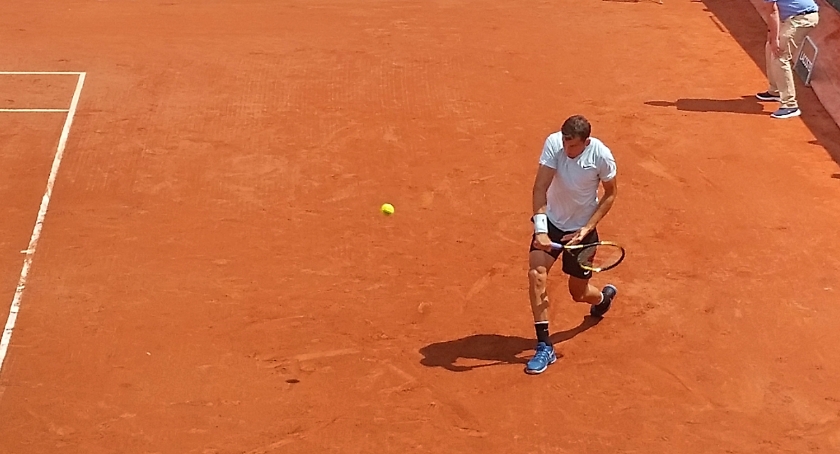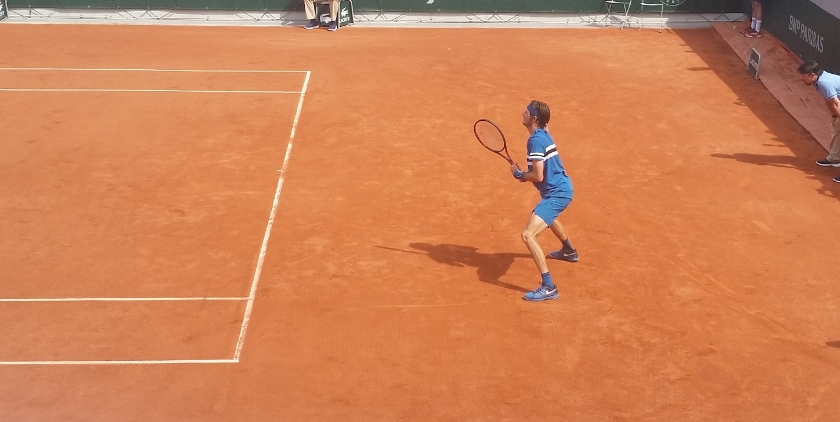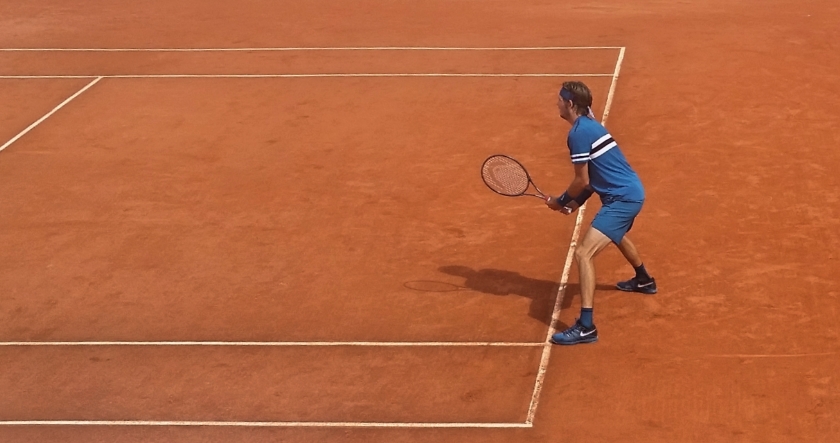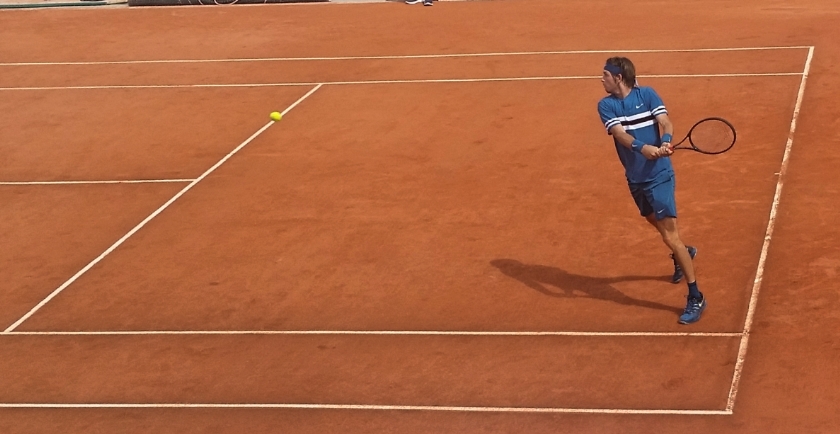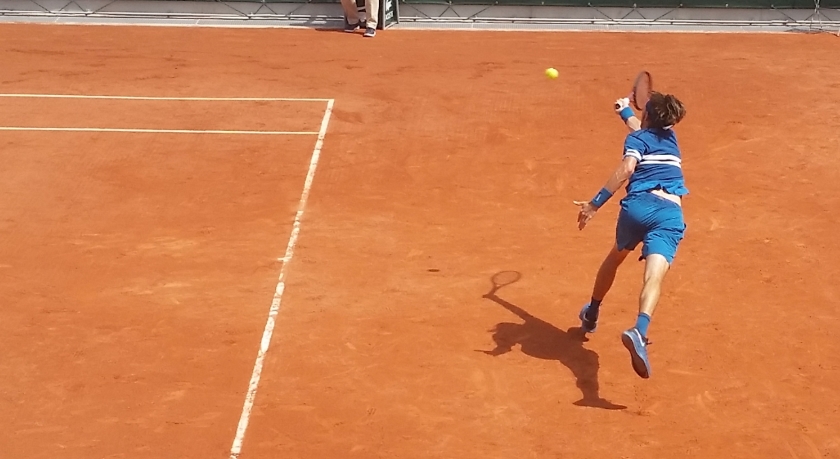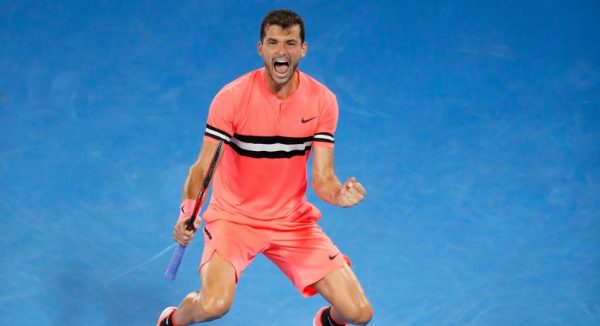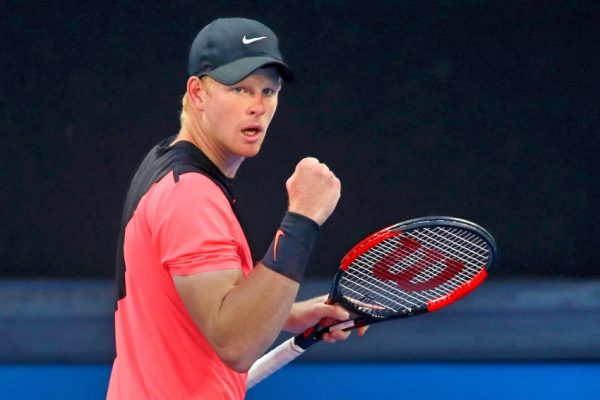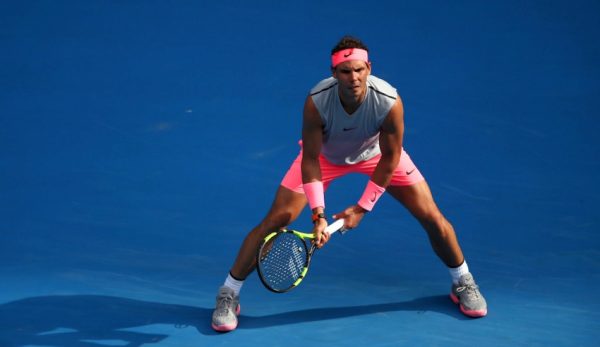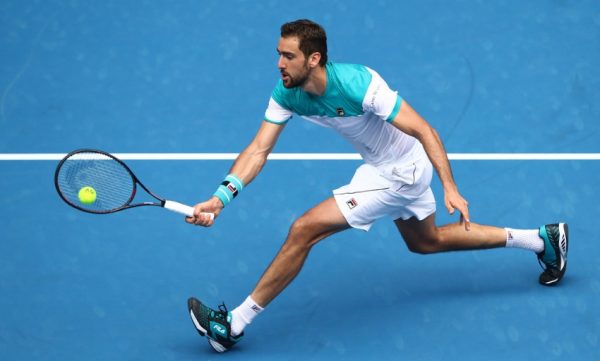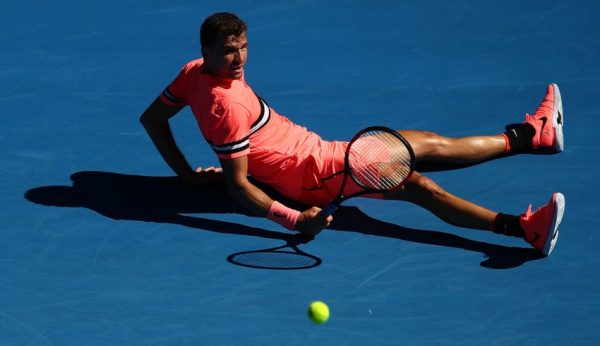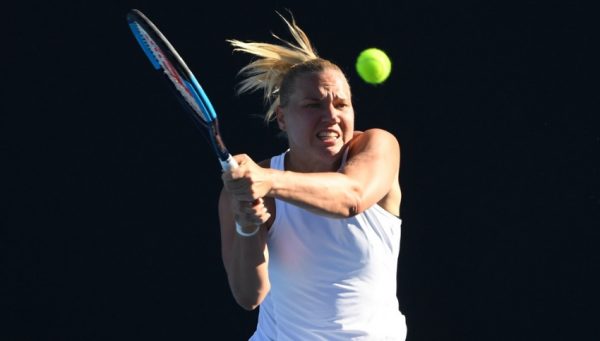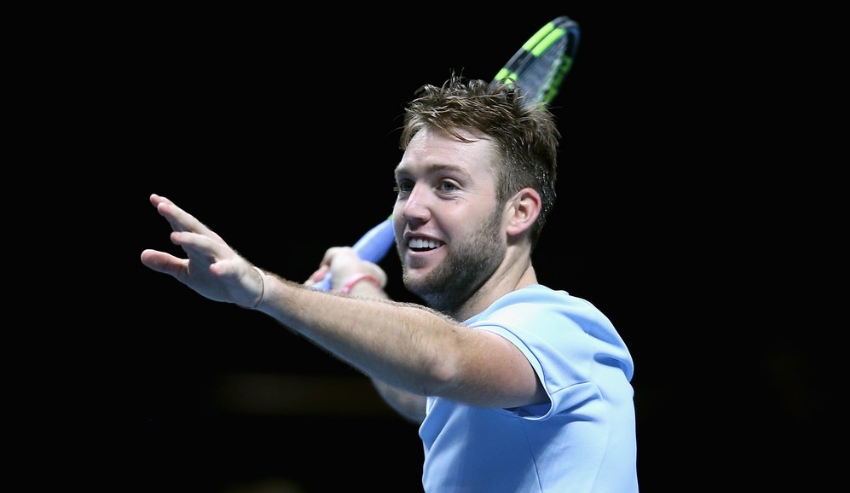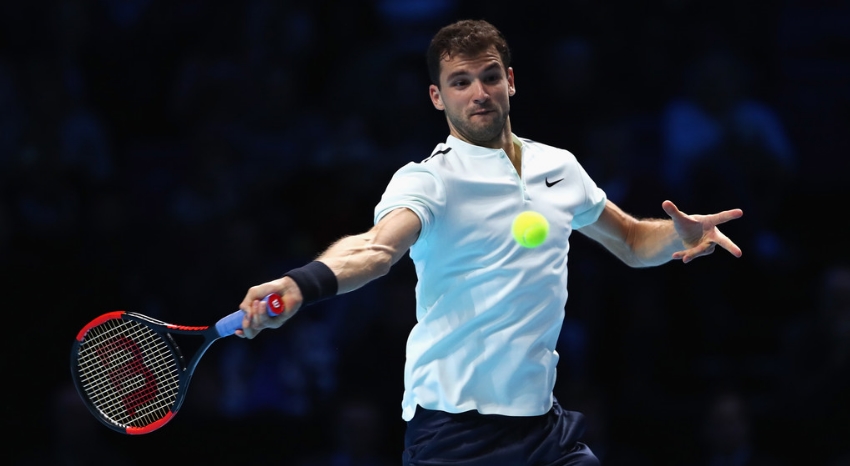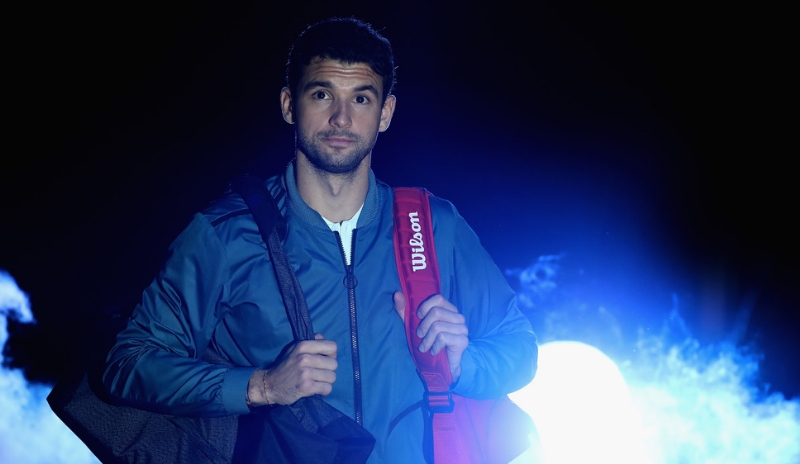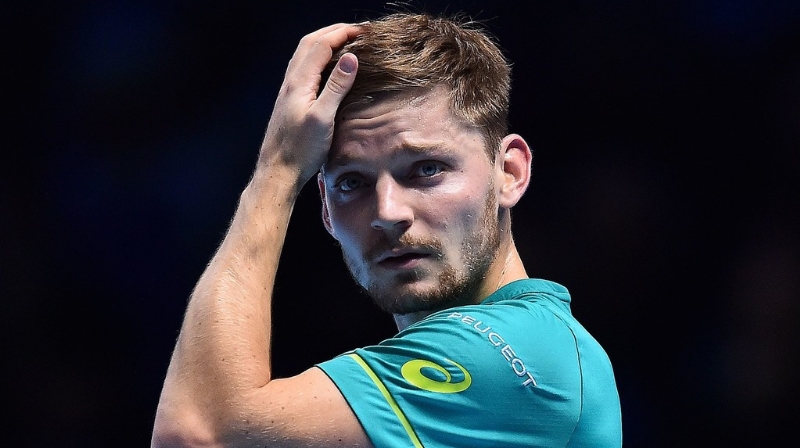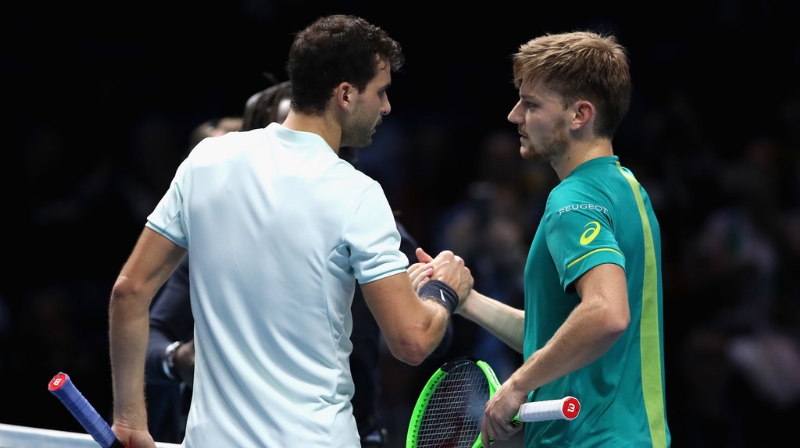Janko Tipsarevic, Pablo Cuevas, and Thomas Fabbiano. Just a reminder of who Grigor Dimitrov, the Bulgarian 20th-seed has eliminated on his way to his fourth-round match-up against Frances Tiafoe, scheduled for Sunday at the Australian Open. Although none of the victims were part of the so-called significant threats when the tournament began, the victories did not come trouble-free for Grigor as he had to play four sets against the first two and needed to overcome a heavy-handed start against Fabbiano, albeit winning straight sets.
For Grigor fans, the notion of taking comfort in your player’s ability to regularly show up in the second week of Majors has been bruised and battered plenty over the last few years. In 2018, it turned dismal despite the exciting cross at the finish line in 2017. Many went as far as suggesting a coaching change when Dimitrov’s woes deepened through the course of last year. He obviously did not think so (right decision, in my opinion) and he stuck with Daniel Vallverdu, recently adding Andre Agassi to the mix. That is one quality coach and one great mind who can perhaps squeeze the Bulgarian’s talent in ways that can bring stability to his topsy-turvy outings. We shall see, maybe very shortly.
Back to Grigor fans… It’s not all doom and gloom, my friends.
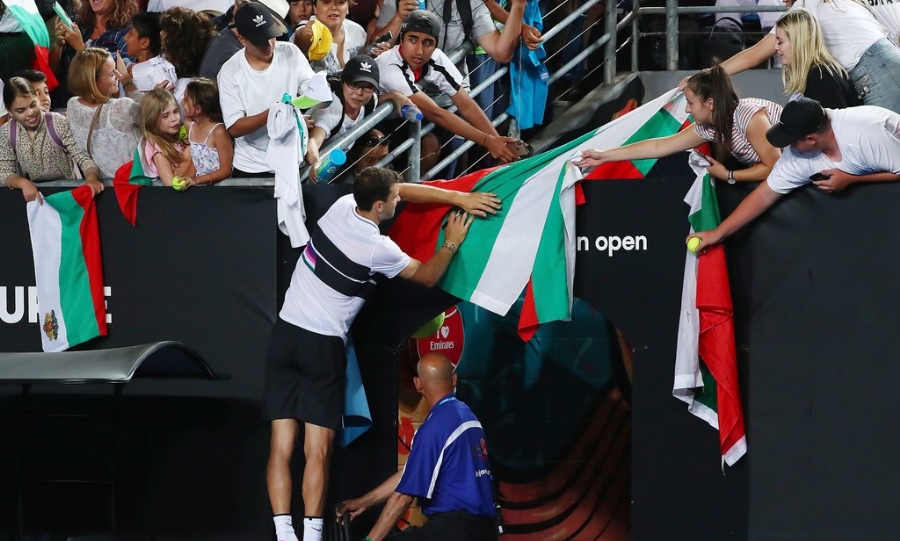
Your player did show signs of recovering his brilliance against Fabbiano, and more importantly, the quality-level of his performance increased as the match progressed against a pesky opponent that has largely been underrated. Grigor survived (no other verb to describe it) the first set with a tiebreaker in which both men committed a generous amount of errors.
Dimitrov started the second set surprisingly well. In the first two games, he showcased his trademark shot-making abilities, hitting a couple of forehand winners on the full run, stifling Fabbiano by stepping into the court, returning with determination, and adding in a spectacular backhand-volley winner for good measure. He seemed to be back on track and kept that break advantage until 3-2. Then, the seemingly fine-tuned Grigor machine got derailed. In that game, he sprayed four very makeable forehands out in five points. It was completely unbecoming, compared to how well he was playing up to that moment in that set. Gone was his break advantage.
That is maybe how little it takes nowadays for self-doubt to appear in Grigor’s mind, I ‘dunno.’ Because, in the first two points of the ensuing 3-3 game, he engaged in rallies during which he had multiple chances (four in the first point, one in the second) to step inside the court, which he did, unleash his shot and put Fabbiano on the stretch, which he did, and follow it up to put it away at the net, which he did not! Yep, he hesitated. He won both points anyway and that may actually not be a good thing, because he did not suffer the consequences of his apprehensiveness.
That small stretch, the sixth game followed by Dimitrov’s hesitancy in the first two points of the seventh, represented a worrisome glitch for Grigor’s camp, I presume. To make matters worse, Fabbiano climbed back to 30-30 following another forehand error by Dimitrov. Was he about to plunge back into troublesome waters after a few games of vintage flair on his part?
This is where the silver lining lies and what followed demonstrated that it’s not all gloom and doom for Dimitrov’s fans at the end of the day. He did not crumble. On his second break-point opportunity, he put forth on display once again his all-court dexterity in a rally that saw him chase down and retrieve several great shots by Fabbiano, counterpunch with a stellar forehand to get the upper hand at one point in the rally, only to lose it again two shots later (because Fabbiano also happens to be an able counterpuncher), but still manage to end it on a spectacular lob from a very difficult position. It was the best point of the match. Dimitrov stood still two seconds with his right fist raised above his head, staring at his camp. He did not flail, he was back. That little stretch earlier was indeed just a glitch. He was not going to let it spoil the party.
From that point forward, Dimitrov’s performance turned even more solid by the minute. He finished the second set at 5-4 with four unreturnable serves. In the third set, there were no glitches such as the one in the second and Dimitrov exhibited a level of consistency far above that of the first. He made five unforced errors in that last set (my count, I assure you it’s more accurate than the official one), all on the forehand side, which had something to do with the fact that he was in a better groove and was pounding them harder. With no errors on the backhand side in the third set and the serve (the importance of which I cannot emphasize enough with regard to Grigor’s success) clicking on all cylinders in the last two sets, Dimitrov had about as strong a finish as one could expect, considering the mediocre first forty minutes of the match.
It’s true that one can hardly call this a great overall performance by Dimitrov, but when analyzed in detail, there is quite a lot to be hopeful about. In the Majors you would like your game to improve with each round and walk off the court after each victory with the feeling that you just accomplished something beyond just what the scoreline indicates, one on which you can build for the next 48 hours to tackle the next challenge. That process effectively took place for Dimitrov in his win against Fabbiano, and his next challenge comes in the form of Frances Tiafoe, the American fast-rising youngster.
And honestly, for Dimitrov, in the grand scheme of things, the name of the opponent matters less than how his frame of mind is shaped on the court. He is an intelligent player and has two able helpers to provide further assistance, but his fate lies on his racket.
If he can beat Tiafoe, he will match his quarterfinal showing from last year and avoid losing more points.
If he can do so and do it at a level of the highest order – read that as “raise his level far beyond that of the previous three matches – he will march into the second week having recaptured his identity as one of the rare menaces to elite-level players.

